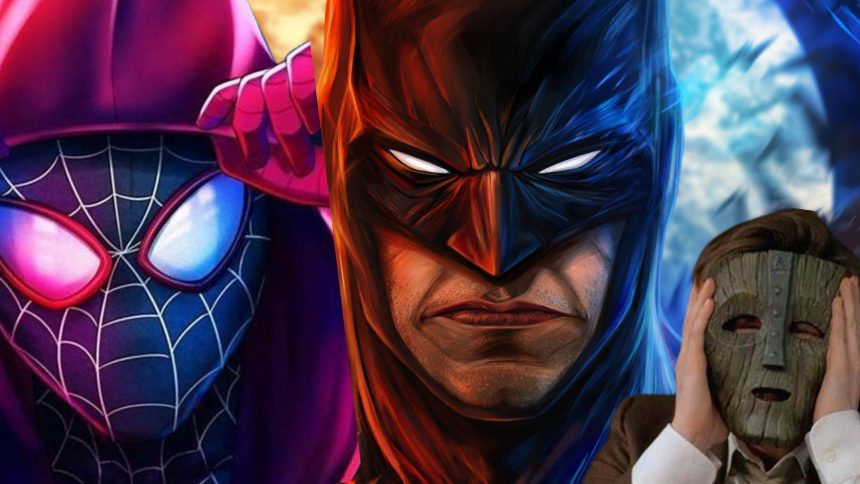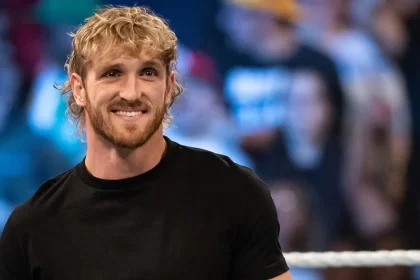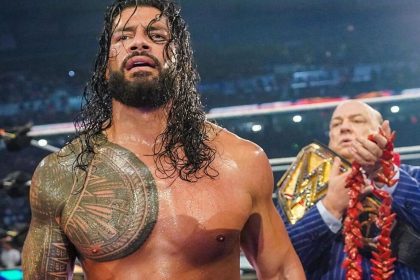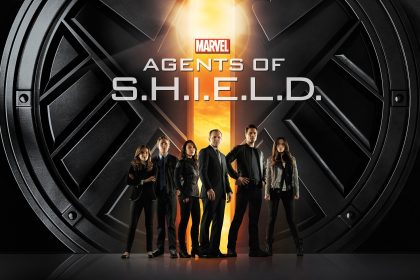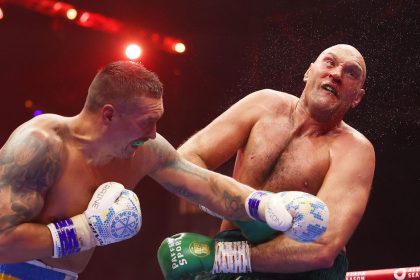The hero mask represents a symbol of unique character in the movie world. Every superhero have their masks and always hides their true identity from the world. But did you know the actual reason, why they always puts their masks and do not reveal their actual identity?
Well, we saw many superhero’s who are saving the world from the evil people and unknown catastrophes. But they only recognized by their unique masks they wear. Each mask symbolizes one special power and their personality.
As a superhero fan, everyone tried their favorite hero mask in their childhood. In the movie world, a mask serves as more than a mere concealment of the face. It embodies a multitude of meanings, functioning as a symbol of secrecy, power, and identity.
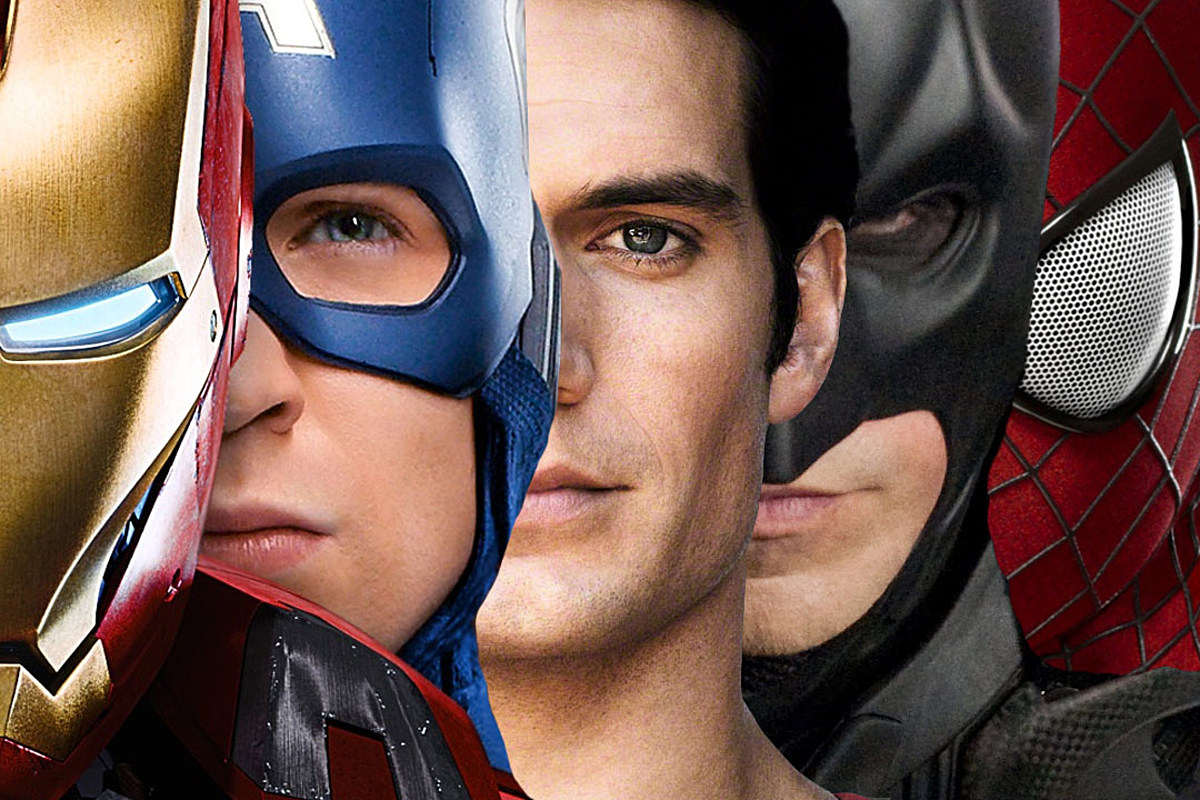
From the intricate disguises worn by superheroes to the haunting visages of horror icons, masks play a pivotal role in shaping narratives and engaging audiences on various levels.
A mask not only conceals but also reveals, offering insights into the inner workings of characters and the worlds they inhabit. Whether it’s the mysterious expressions of a vigilante or the sinister facade of a villain, masks hold a profound significance in cinematic storytelling.
In this exploration of the cinematic world, we enter into the significance of masks in some of the most iconic films, examining their roles as symbols of transformation, empowerment, and societal commentary.
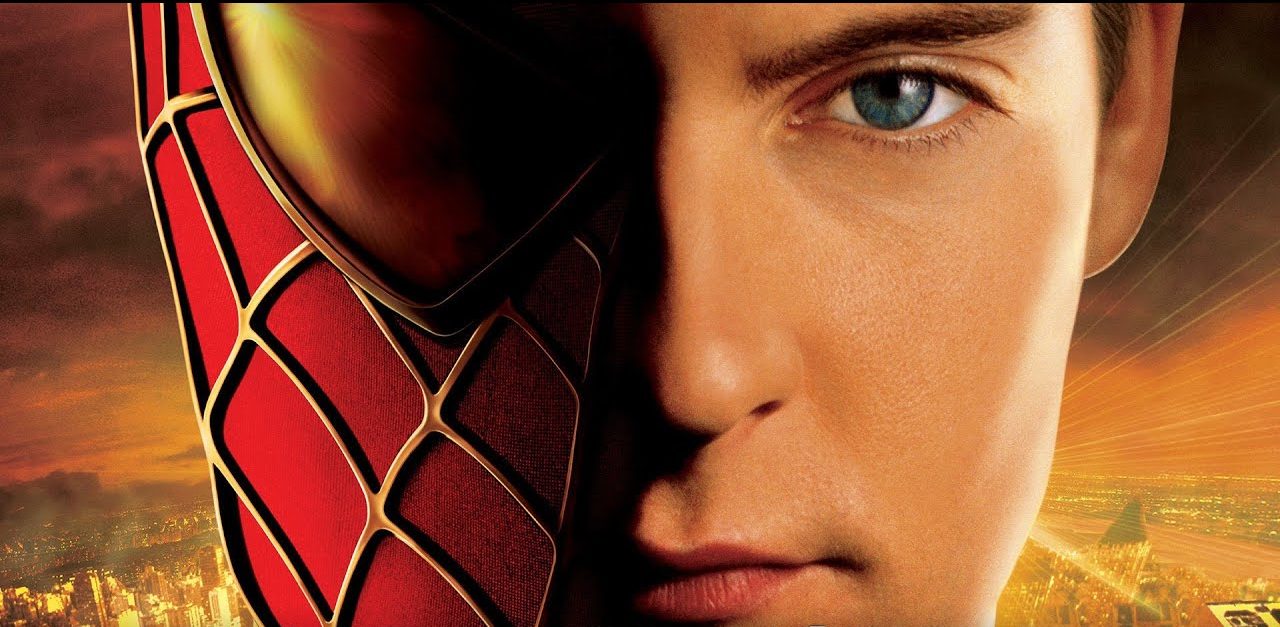
From the espionage-laden world of “Mission: Impossible” to the psychological depths of “The Silence of the Lambs,” each mask tells a unique story, weaving together themes of identity, morality, and human nature.
10) The ‘Mission: Impossible’ Masks:
“From the ‘Mission: Impossible’ franchise (1996-Present)”
The “Mission: Impossible” franchise has attracted the audiences since its inception in the 1960s, with Brian De Palma’s 1996 blockbuster and its sequels elevating the use of rubbery, realistic masks to new heights.
Tom Cruise’s portrayal of Ethan Hunt, along with other characters, has showcased the transformative power of these masks, allowing them to convincingly assume the identities of others for espionage missions.
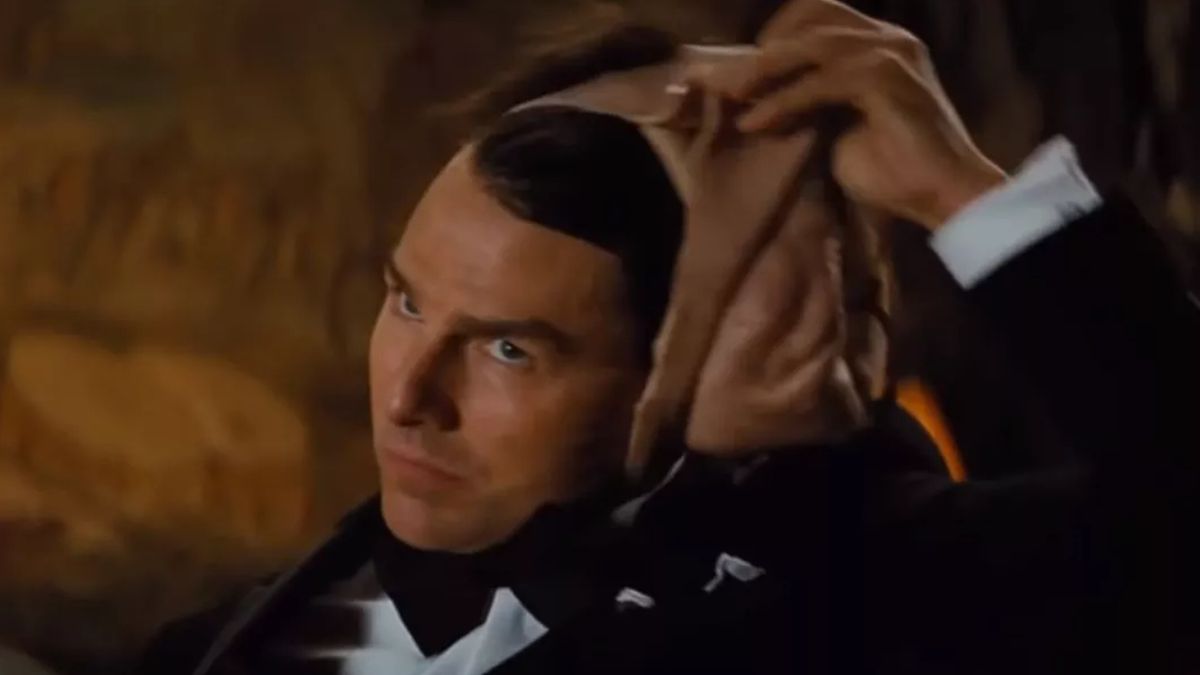
These masks, capable of altering both appearance and voice, serve as indispensable tools in the espionage world, featured prominently in each installment of the franchise.
With the upcoming eighth installment, the enduring appeal of these masks underscores the franchise’s ability to innovate while maintaining its core elements, including the iconic mask trick that continues to captured the audiences.
9) Loki’s Mask:
“From ‘The Mask’ (1994)”
In “The Mask,” Jim Carrey’s comedic talents shine as he portrays Stanley Ipkiss, a bank teller who discovers a mysterious green mask imbued with the mischievous spirit of the Norse god Loki.
Transforming Stanley into a charismatic and uninhibited figure, the mask becomes a metaphor for the allure of escapism and self-expression.

As Stanley embraces his newfound alter ego, the mask unleashes his wildest impulses, blurring the lines between reality and fantasy.
However, beneath the veneer of comedy lies a poignant message about the importance of authenticity and self-acceptance, reminding audiences that true fulfillment comes from embracing one’s true identity.
8) Leatherface’s Mask:
“From ‘The Texas Chainsaw Massacre’ (1974)”
“The Texas Chainsaw Massacre” introduced audiences to Leatherface, a hulking and Mysterious antagonist whose grotesque mask conceals his true identity.
Symbolizing the dehumanization of violence, Leatherface’s mask embodies primal fear, evoking terror in viewers while obscuring the humanity of its wearer.
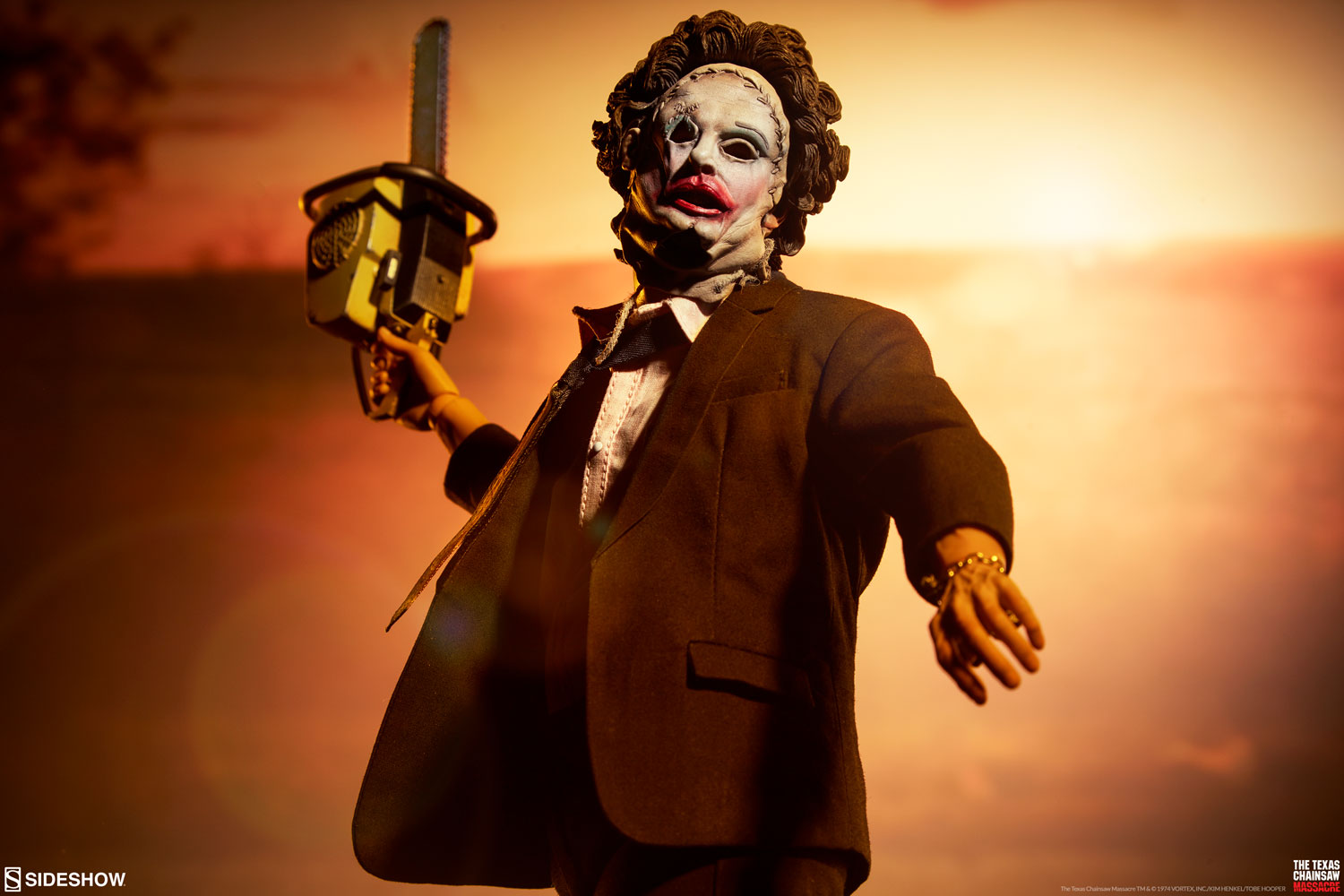
The influence of Leatherface’s mask extends beyond the world of horror, inspiring a generation of slasher villains and becoming an enduring symbol of terror in popular culture.
From Michael Myers’ iconic mask in “Halloween” to Jason Voorhees’ hockey mask in the “Friday the 13th” series, Leatherface’s legacy continues to loom large in the annals of horror cinema.
7) Spider-Man’s Mask:
“Any Spider-Man Movie (2002-Present)”
Spider-Man’s iconic mask has been a staple of superhero cinema since Tobey Maguire first donned the red and blue suit in 2002.
Symbolizing the duality of heroism and everyday life, the mask conceals Peter Parker’s identity while empowering him to fulfill his duty as a protector of New York City.

Beyond its practical function, Spider-Man’s mask serves as a visual metaphor for the burdens of responsibility and the transformative power of heroism.
As Peter goes through the challenges of adolescence and adulthood, the mask becomes a symbol of his resilience and unwavering commitment to justice.
6) Hannibal Lecter’s Mouthguard:
“From ‘The Silence of the Lambs’ (1991)”
In “The Silence of the Lambs,” Anthony Hopkins delivers a chilling performance as Hannibal Lecter, a brilliant yet depraved psychiatrist incarcerated for his gruesome crimes.
His iconic mouthguard serves as a stark reminder of his capacity for violence, obscuring his monstrous nature while allowing his piercing gaze to unsettle viewers.
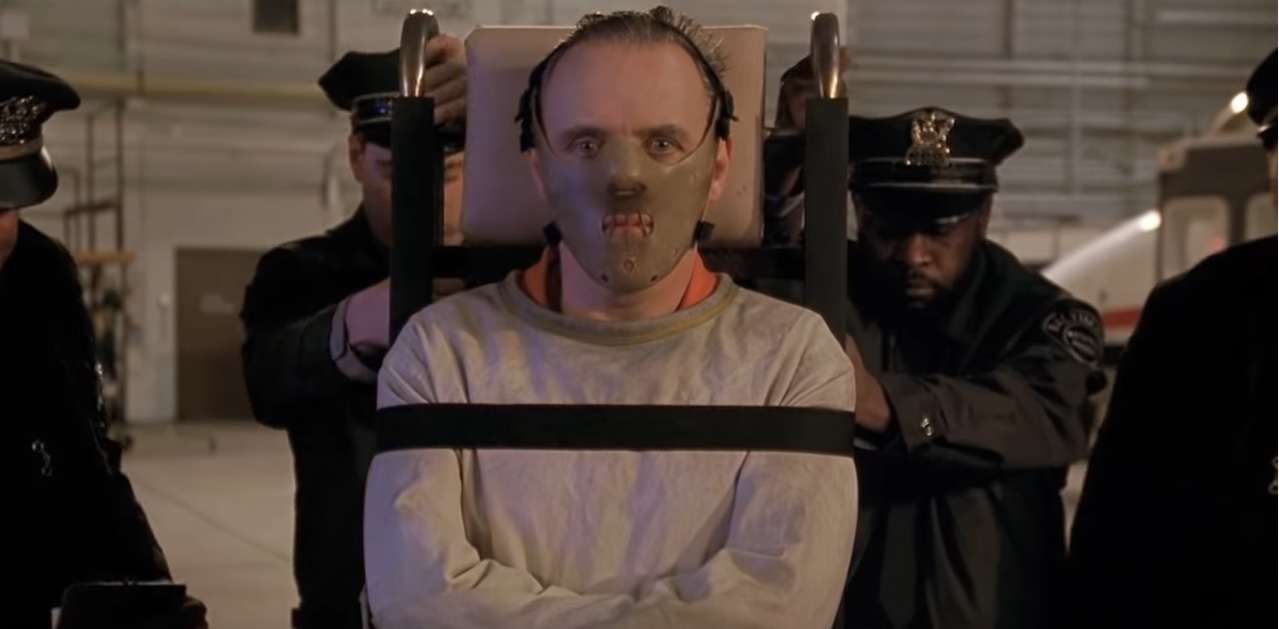
The mouthguard’s design summarizes the Lecter’s dual nature, juxtaposing physical restraint with psychological manipulation.
As the film unfolds, Lecter’s mask becomes a potent symbol of the darkness that lurks within the human psyche, haunting audiences long after the credits roll.
5) Rorschach’s Inkblot Mask:
“From ‘Watchmen’ (2009)”
Zack Snyder’s adaptation of “Watchmen” introduced audiences to Rorschach, a vigilante whose ever-shifting inkblot mask mirrors his fractured psyche.
With its perplexing design and grim demeanor, the mask becomes a reflection of Rorschach’s worldview, conveying his uncompromising commitment to justice.
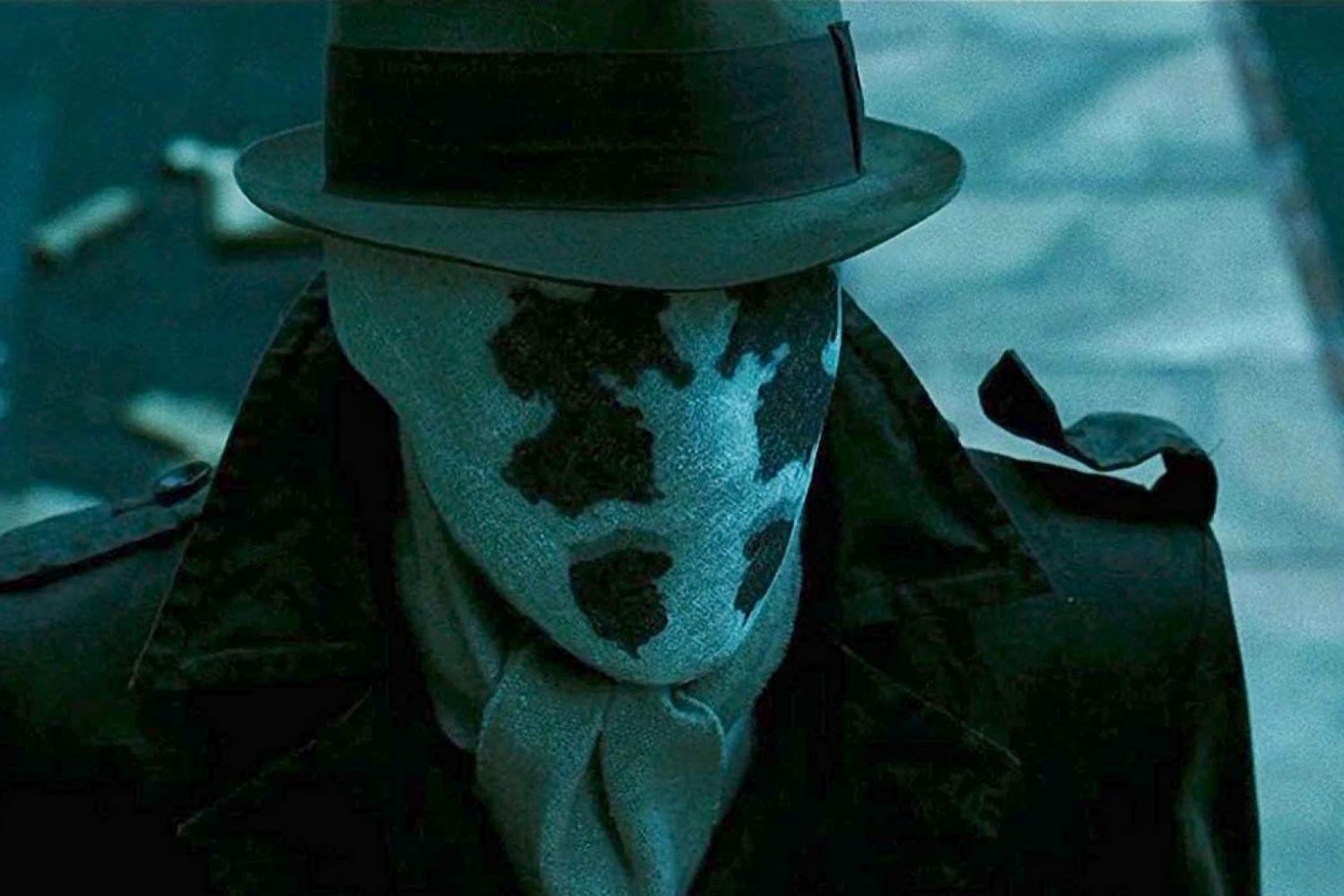
Despite its simplicity, Rorschach’s mask exudes an aura of menace and intrigue, underscoring the character’s status as a moral mysterious.
As Rorschach knows the morally ambiguous world of “Watchmen,” his mask serves as a constant reminder of the complexities of human nature and the blurred line between heroism and villainy.
4) Batman’s Mask:
“Any Batman Movie (1966-Present)”
Batman’s iconic mask has undergone numerous iterations since its debut in 1966, evolving to reflect the Dark Knight’s brooding persona and unwavering commitment to justice.
With its pointed ears and imposing silhouette, the mask embodies Batman’s dual identity as both a symbol of fear and a beacon of hope.
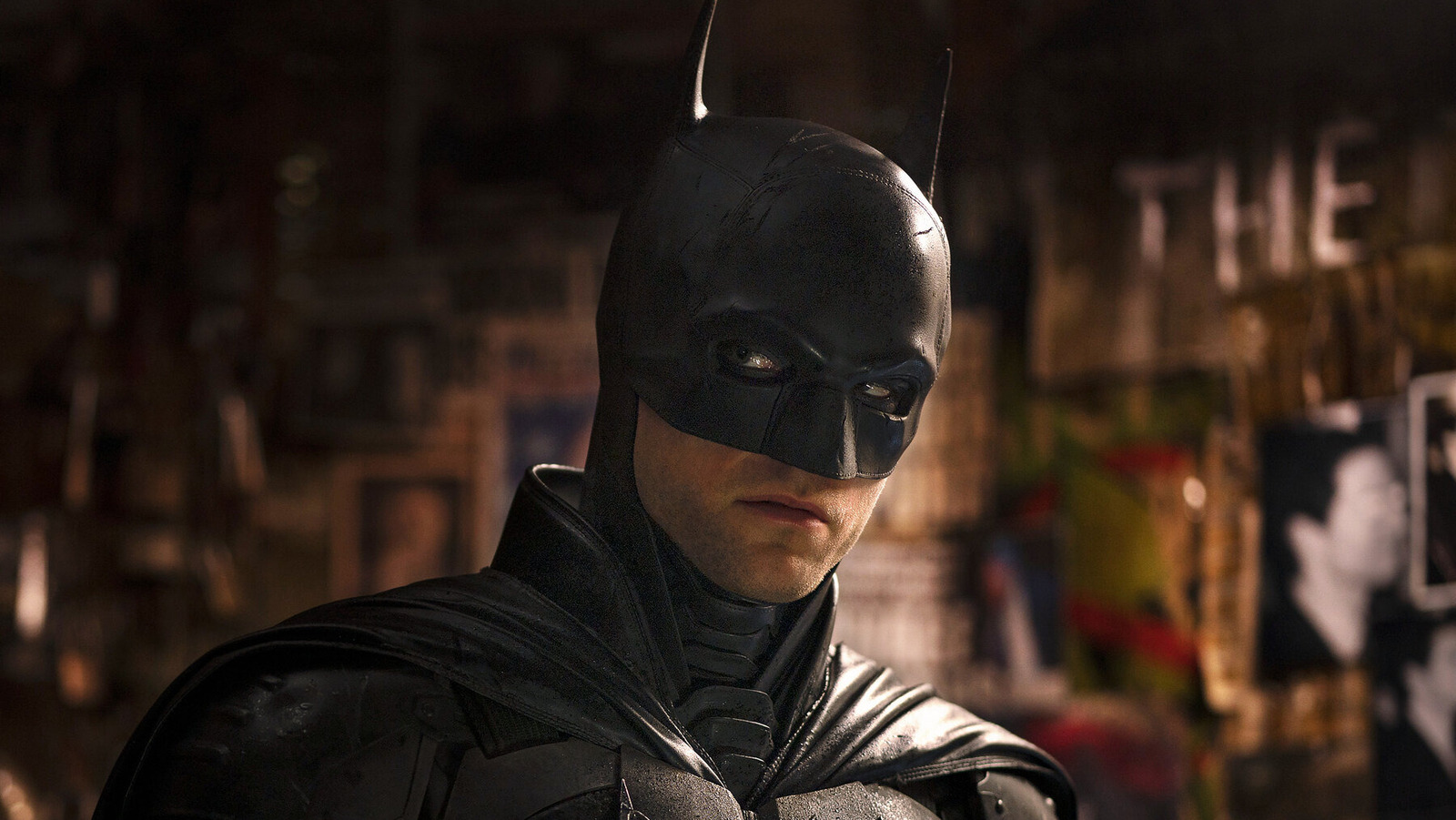
Across various adaptations, Batman’s mask remains a cornerstone of his identity, serving as a visual representation of his quest for justice and redemption.
As Bruce Wayne confronts his inner demons and battles against the forces of darkness, his mask becomes a symbol of resilience and determination in the face of adversity.
3) The Affluent Party-goers’ Masks:
“From ‘Eyes Wide Shut’ (1999)”
Stanley Kubrick’s “Eyes Wide Shut” offers a provocative exploration of desire, deception, and decadence, culminating in a surreal masquerade ball that serves as the film’s centerpiece.
Against a backdrop of opulence and intrigue, the masks worn by the party-goers symbolize the masks of society, concealing their true desires and vulnerabilities.
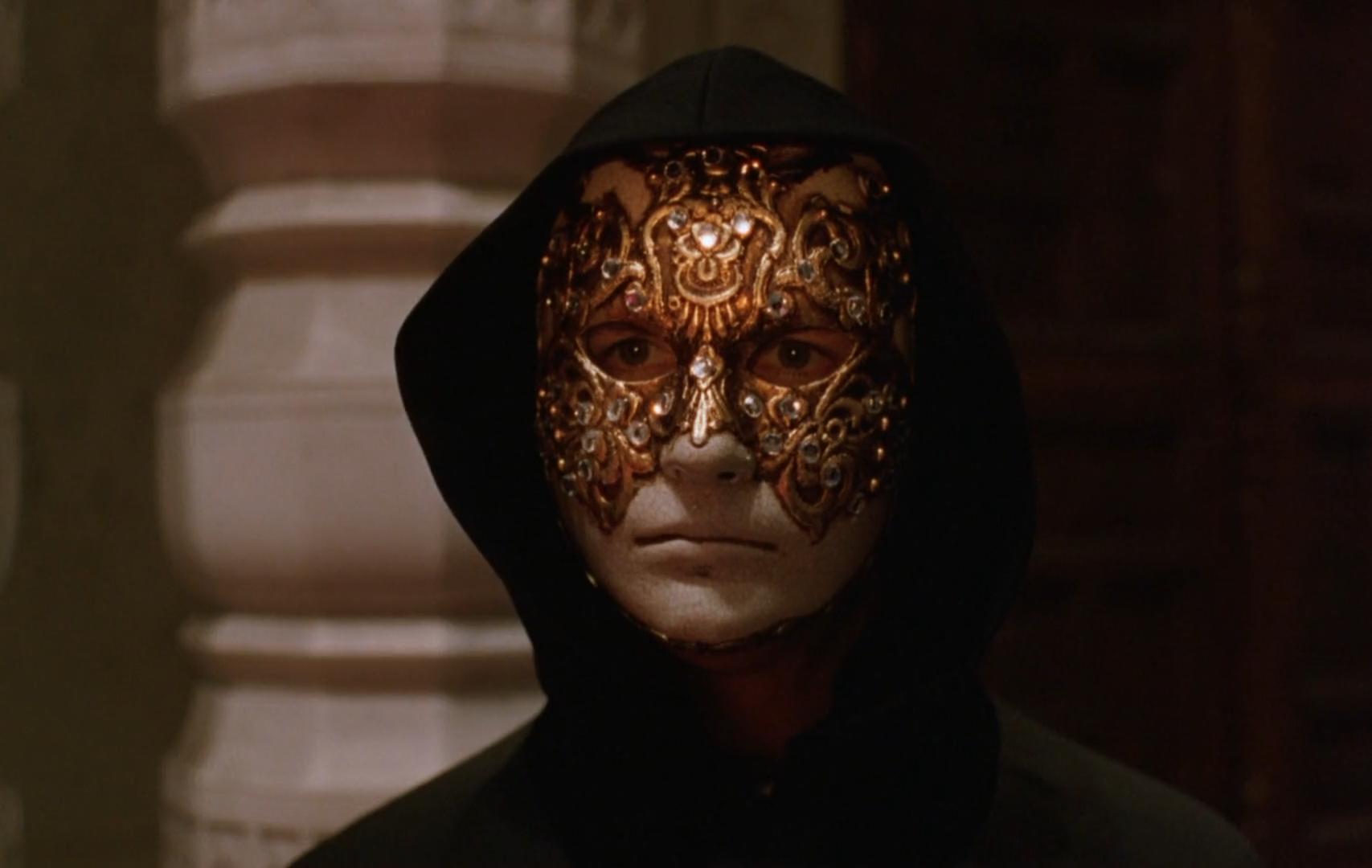
As the protagonist entering into the labyrinthine world of the elite, the masks become a metaphor for the illusions that govern human relationships and societal norms.
In a world where appearances are everything, “Eyes Wide Shut” exposes the fragile facade of civilization, challenging audiences to confront the hidden truths lurking beneath the surface.
2) V’s Mask:
From ‘V for Vendetta’ (2006)”
Based on Alan Moore’s graphic novel, “V for Vendetta” introduced audiences to V, a masked vigilante who wages a vendetta against tyranny and oppression.
Inspired by the historical figure Guy Fawkes, V’s mask becomes a symbol of resistance and rebellion, inspiring others to rise up against injustice.
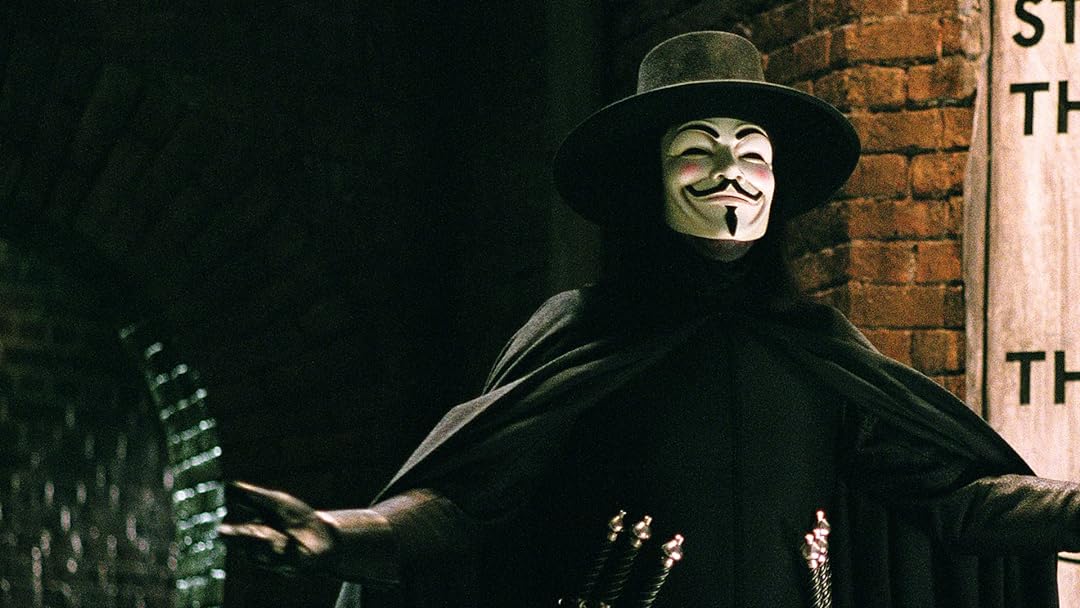
With its haunting visage and defiant smile, V’s mask embodies the spirit of revolution, empowering individuals to challenge the status quo and fight for a better future.
As V goes through a dystopian world ruled by fear and tyranny, his mask becomes a beacon of hope in the darkness, rallying others to join him in the struggle for freedom.
1) Darth Vader’s Helmet:
“From the Star Wars Franchise (1977-Present)”
Darth Vader’s helmet is synonymous with villainy, embodying the dark side of the Force and the ruthlessness of the Galactic Empire.
With its imposing design and ominous breathing, the helmet strikes fear into the hearts of all who oppose Vader, serving as a reminder of his formidable power and unwavering resolve.

As one of cinema’s most iconic villains, Darth Vader’s helmet has become a symbol of evil incarnate, leaving an indelible mark on popular culture.
From his dramatic reveal in “The Empire Strikes Back” to his tragic redemption in “Return of the Jedi,” Vader’s helmet remains a potent symbol of the eternal struggle between light and darkness, good and evil.
If you want more content about the superheroes, you can check out our website for the latest information about the rumors, spoilers and new releases of Marvel, DC, TV shows and movies.
Why don’t you check “10 Best TV Show Hero Characters From The Tv Shows”, and Marvel leaks, and new information about the superheroes.

